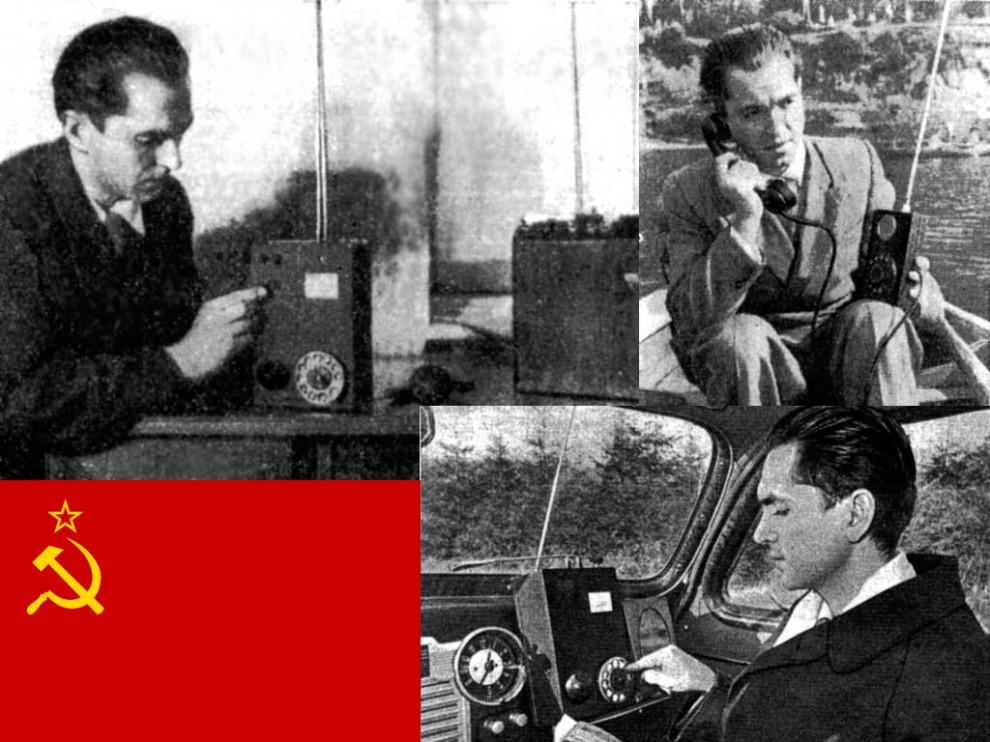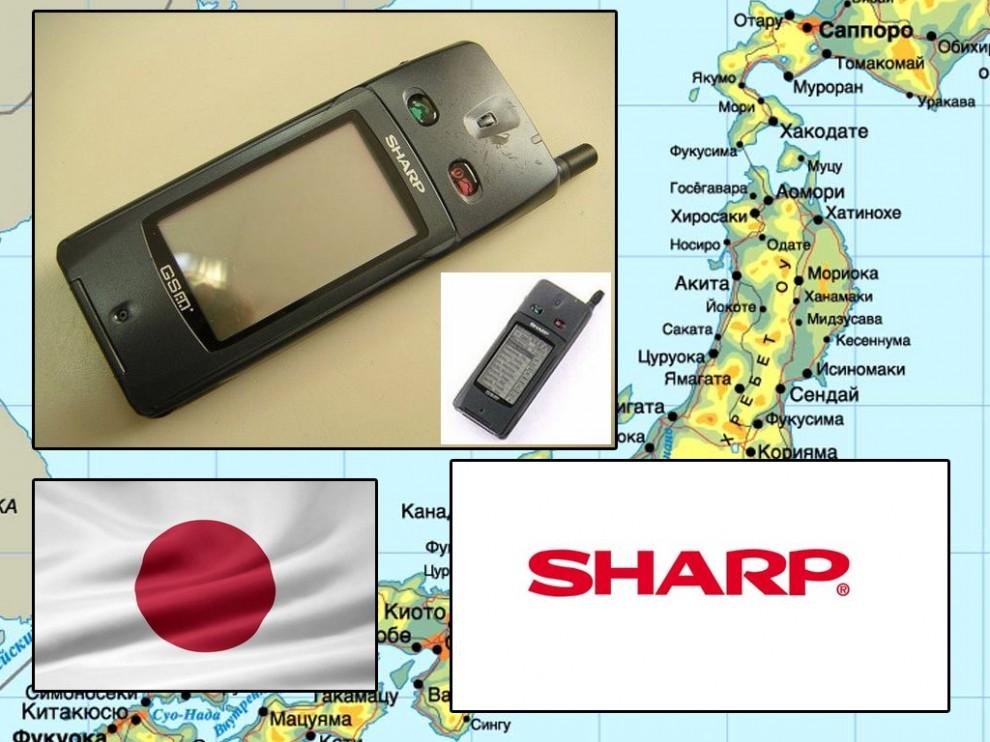
1. 1957. The Soviet scientist L. Kupriyanovich presented his draft mobile phone. The first sample weighed 3 kg, in 1958, the weight was reduced to 0.5 kg, and in 1961 the scientist showed reporters a pocket sample weight of 70 grams, which is located on the palm.
ในปี พ.ศ. 2500 นักวิทยาศาสตร์สหภาพโซเวียต (ตอนนี้แยกตัวเป็นรัสเซีย ยูเครน เบรารุส คาซักสถาน และอีก 10 ประเทศ) ชื่อ L. Kupriyanovich ได้นำเสนอ แบบร่างของโทรศัพท์มือถือ หนัก 3 กก. อีกปรต่อมาน้ำหนักลดไปเหลือแค่ 0.5 กก. จนในปี 2518 มีขนาดพกพาได้ หนัก 70 กรัม

2. 1973. The first call is perfect with the phone Motorola DynaTAC. The developer of the first mobile phone Motorola Martin Cooper called the employee of a competing company AT & T Joel Engel. It is from the era of the Motorola phone provider in the U.S..
ในปี 2516 โทรศัพท์เคลื่อนที่ของ Motorola อเมริกา ก็สามารถใช้การได้

3. 1984. It turns out the first mobile phone of Nokia. Mobira Talkman weighs 4.7 kg.
After 6 years, the cell phone has become one of the first available in Russia (in 1990 he, along with the connection to the first mobile operator to "Delta Telecom" was worth about $ 4000). Begins the era of Nokia.
พ.ศ.2528 ของ Nokia แห่งฟินแลนด์

4. 1996. The world's first smartphone, Nokia 9000. QWERTY-keyboard, large screen, retractable antenna - anything you can dream of in 1996, the year.
พ.ศ.2539 โทรศัพท์โนเกีย จอใหญ่ แป้นพิมพ์มาตรฐาน QWERTY

5. 2000. The first touchscreen phone, Sharp RSM-1. In Japan, the explosive demand for mobile phones, the penetration of technology it was already close to 80%. Now cell phones are armed with about 99% of Japanese people. Gradually Japanese cell phone makers are beginning to crowd of competitors in the global market.
พ.ศ.2543 โทรศัพท์แบบจอสัมผัสเครื่องแรก ยี่ห้อชาร์ป ของประเทศญี่ปุ่น

6. 2007. Still alive and young Steve Jobs shows the world the first iPhone. Now looking "weak" even against the background of the cheapest android-Chinese backgrounds then became a real breakthrough. Manufacturers around the world are taking up pencils and patterns.
สตีฟ จอบส์ แห่งบริษัท Apple โชว์ให้เห็นถึงนวัตกรรมของบริษัทของเขา iPhone

7. 2012. Samsung passes Apple in the summer of Sales: sold about 50 million smartphones. Part of the reason for that was the release of a successful flagship Galaxy SIII. Home sales of the fifth iPhone is scheduled only for September. "Patent War" - protracted litigation between the two leaders of the global smartphone market - is in full swing.
ในปี 2555 Samsung แห่งเกาหลี ก็แซงหน้ายอดขายของบริษัท Apple แห่งอเมริกาได้สำเร็จ

8. 2013. Simply create a high-tech gadget to the success in the world market is small. Almost every modern smartphone manufacturer introduced a model with a Full HD display. Quad-core processor, high-quality sound, excellent camera with high resolution, nobody will be surprised. Sony Xperia Z, HTC One, Samsung Galaxy S4 - all the big news of the last year is technically almost identical.
 The basic type of LAN is connected by Ethernet cables to a router or hub (modern routers usually integrate hubs). A router allows all computers connected to it to access a high-speed modem connected to the router. Each computer has an IP (Internet Protocol) address, but a computer on the other side of the Internet will only see the router's IP address. This, and a router's built-in firewall, creates a safer environment for accessing the Internet. (Firewalls are used to filter out unauthorized access to the network.)
The basic type of LAN is connected by Ethernet cables to a router or hub (modern routers usually integrate hubs). A router allows all computers connected to it to access a high-speed modem connected to the router. Each computer has an IP (Internet Protocol) address, but a computer on the other side of the Internet will only see the router's IP address. This, and a router's built-in firewall, creates a safer environment for accessing the Internet. (Firewalls are used to filter out unauthorized access to the network.) Another standard in the mix is wireless Ethernet. This allows you to cut out cables altogether. You can transmit data through walls, floors and ceilings without having to drill holes. It is handier for people who use laptops and other mobile devices, since they can just turn on the device and have access to the network without plugging everything in. However, the transfer speeds are not as fast. The fastest protocol, 802.11n, moves data at up to 300 Mb/s. Wireless Ethernet is also susceptible to interference from devices such as a microwave or cordless phone.
Another standard in the mix is wireless Ethernet. This allows you to cut out cables altogether. You can transmit data through walls, floors and ceilings without having to drill holes. It is handier for people who use laptops and other mobile devices, since they can just turn on the device and have access to the network without plugging everything in. However, the transfer speeds are not as fast. The fastest protocol, 802.11n, moves data at up to 300 Mb/s. Wireless Ethernet is also susceptible to interference from devices such as a microwave or cordless phone.

























